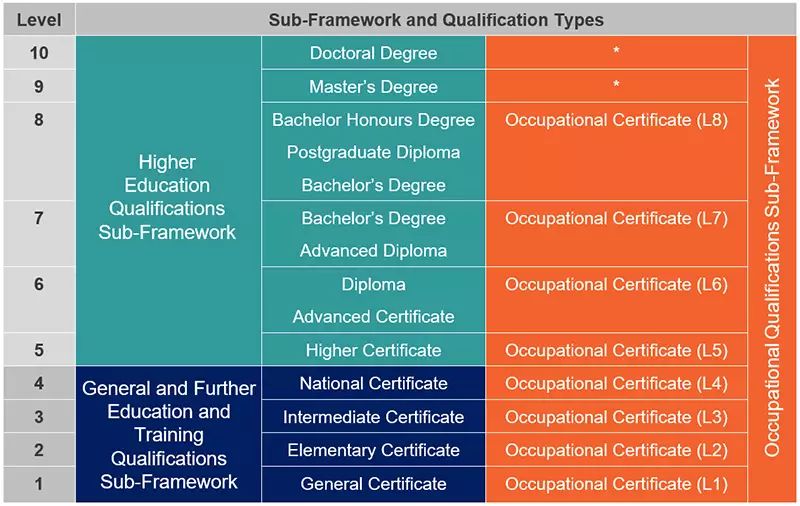South Africa’s largest soft drink bottling company, which has factories in several Africa and South East Asian countries, has worked closely with Pragma on its physical asset management.
Pragma’s Asset Care Plan Development (ACPD) was very important in this project. Says Stefan Swanepoel, Associate Consultant at Pragma: “Our client has 21 bottling plants in 9 countries and identified good quality asset care plans as a critical component of their asset management strategy in the quest to ensure optimum asset performance. The 21 bottling plants have a mix of production lines ranging from brand new to relatively old bottling lines of which the asset care plans vary significantly with regards to quality and coverage. These variations make it difficult to apply companywide engineering standards and result in varied and sometimes unpredictable asset performance with associated business risks. Our client wanted a solution that facilitates the ACPD process, delivers standardised asset care plans supported by proper failure analysis as outputs and lastly provides management metrics that tracks the progress and sustaining of asset care plan development and renewal throughout the organisation.”
The benefits of ACPD include the allocation of appropriate levels of effort in the development of asset care plans for assets with different levels of criticality in an environment where reliability engineering and maintenance planning resources are stretched. Swanepoel continues: “It includes a thorough process to proactively identify, analyse and address causes of equipment failure of critical assets. Furthermore, the outcome of the ACPD process is optimised maintenance plans that are defined in sufficient detail to allow effective and efficient planning and scheduling, ultimately improving asset reliability and maintainability. A good implementation of the ACPD business process also assists in extracting and documenting valuable knowledge from experienced maintenance personnel that could at any point in time leave an organisation.”
The Optimum Maintenance Mix (OMM) methodology plays an enormous role in this process. Swanepoel adds: “Different industries and client asset management maturity levels requires (and allows) different maintenance tactics to be applied. An organisation has to crawl first before it can walk, i.e. introducing state of the art maintenance tactics without the necessary support from other asset management key performance areas usually result in wasteful expenditure and demoralised staff when it comes to efforts spent on developing asset care plans. OMM strives to find the most pragmatic maintenance tactics that could be applied while considering the current maturity of an organisation. Also, applying the OMM process should avoid short-cuts being taken in the identification of maintenance tasks. For example, the mindless copying of maintenance tasks from one piece of equipment to another. The OMM process challenges the maintenance and engineering personnel to think critically about the task(s) selected to combat a specific failure cause, thereby limiting ineffective maintenance tasks entering the organisations maintenance plan.”
With regards to the quick tactic development process, Swanepoel comments: “This approach is applied to assets with medium criticality and is used to define maintenance tasks without going through a detailed functional and failure analysis process when developing maintenance tactics.”
Swanepoel concludes: “This project involved the customising of an in-house developed ACPD software tool to meet the needs of our client at a fraction of the cost of commercial software available in the market. We also provided customised training sessions in the use of the OMM process, supported by the software tool in developing asset care plans. Video-based training material was developed for the client to support the roll-out of the OMM process throughout the organisation. We also offered continued support in the implementation and roll-out of the ACPD process to all the plants in the organisation.”
